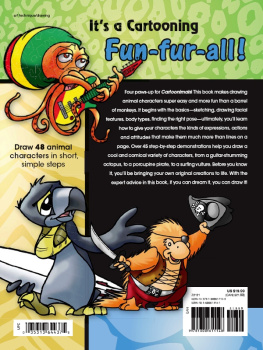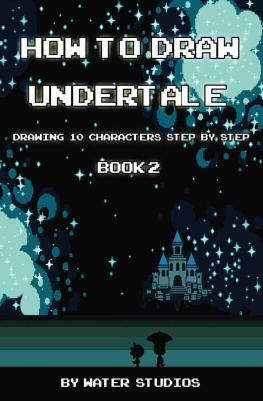
Cool Cars
Whether its a low-slung sports car or a rough-and-tumble offroading vehicle, cars are exciting subjects for illustrators because there are endless ways to interpret them. In this book, Ill share with you a variety of ways to draw cars, from realistic renderings to wacky, over-the-top cartoons. Youll learn how to add vibrant color to your illustrations, create characters to put behind the wheel, and even concoct creative backdrops for fully rendered scenes. Youll also discover how to depict actions such as speeding, slowing down, and burning out. In no time youll be capturing all the cool cars you see on the roadfrom a tiny two-seater to a giant gas guzzler. So rev up your imagination and get ready to put some mileage on your favorite pen or pencil!

Walter Foster would like to thank cool-car photographer Wes Allison for letting us use his cool photos.
2008, 2011 Walter Foster Publishing, Inc. All rights reserved. Artwork 2008 Jack Keely.
Walter Foster is a registered trademark. This book has been published to aid the aspiring artist. Reproduction of the work for study or finished art is permissible. Any art drawn or photomechanically reproduced from this publication for commercial purposes is forbidden without written consent from the publisher, Walter Foster Publishing, Inc.
Digital edition: 978-1-61059-838-5
Softcover edition: 978-1-60058-064-2
CONTENTS
Get in Gear
Cartoonists work in an unlimited range of styles and techniques with a vast array of art mediafrom pencil or pen and ink to markers, paints, and even computer programs. When youre just starting out, dont worry about developing a personal style. Just experiment with a variety of materialsyoull soon discover your favorite ways to create shadows, add highlights, and more. The little tricks and techniques you find along the way will naturally add up to your personal style.

GET THE POINT
Pencil is a good medium to use for preliminary sketches. Drawing pencils are labeled with numbers and letters to indicate the hardness or softness of the lead (actually graphite): B pencils are soft, H pencils are hard, and HB pencils are right in the middle. The higher the number that accompanies the letter, the more intense the softness or hardness of the lead. For example, a 4B is softer than a 3B. Try going over your pencil sketch with ink and then erase the guidelines. Or work on a lightweight marker paper, which takes ink well but is somewhat transparent. That way you can just put a fresh sheet over the sketch and ink the final drawing without worrying about smudging the final art with your eraser.
MOBILE MEDIUM
Felt-tip pens create a good, controlled line and allow you to move your arm freely, making them ideal for fast sketches. Because you dont have to carry an ink supply, they also are ideal for whipping out quick ideas when youre on the road.

COLORED PENCILS
drawing with colored pencils can be very effective. Working in layers allows you to build up a variety of shades and develop intense colors. Depending on your approach, the results can be light and impressionistic or richly hued and very realistic.

NEEDED KNEADEDS
Kneaded erasers are soft and pliable enough to shape into a point for removing little smudges. They dont disintegrate as you use them, so you can get rid of pencil lines without covering your paper with annoying eraser crumbs.
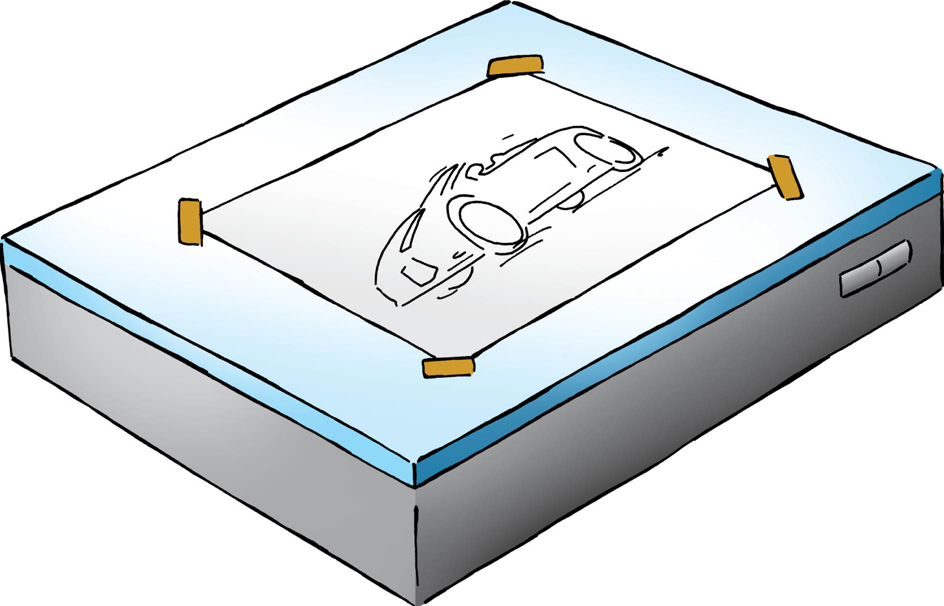
BRIGHT IDEA
A light box is a great tool for producing final art. Work out the details of your drawing on a sheet of tracing paper, and then tape your sketch to the surface of the light box. Cover the sketch with a fresh sheet of paper and flip the switchthe light illuminates your drawing and will help you accurately trace the lines onto the new sheet of paper. If you prefer working on tracing paper but want your finals to be on heavier paper such as card stock, create your final illustration on tracing paper and then photocopy it onto the card stock.
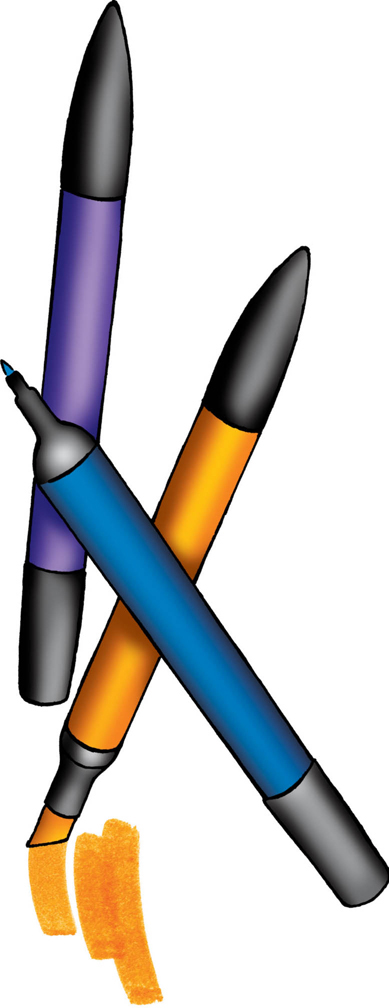
MAKE YOUR MARK
Rendering drawings with markers is another popular way to quickly lay down bold color. Markers are popular with designers and illustrators because the resulting effects can be very bold and graphic or more subtly modeled and painterly.

GETTING TECHNICAL
Most of the drawings in this book were created with a technical pen. These pens cant be beat for producing even, controlled lines. Technical pens come in a wide variety of calibrated sizes capable of producing anything from a fine hairline to a bold stroke. Technical pens are rather expensive, though, so if you choose to make the investment, handle the pen with care.

TAKE A DIP
Dip pens create expressive lines that vary in width depending on the size of the point (called the nib) and the amount of pressure you apply. Just dip the tip into india ink (but dont submerge it). These pens can be messy, so keep paper towels handy.
CHECK THE MORGUE
Save useful images from magazines or, better yet, your own snapshots so youll have a catalog of images to refer to when you sit down to draw. This type of file is called an artists morgue. The internet and reference books also offer a variety of images.
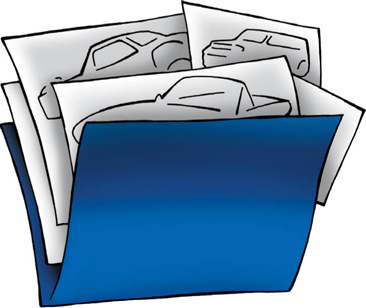

BRUSHING UP
The fluid lines of a brush and black ink can be delicately precise or boldly dramatic depending on the amount of pressure you use. A brush also is good for filling in large areas of black. Try using a wash technique with a diluted mixture of ink brushed on over a pen and ink drawing. Brush techniques with watercolor, gouache (opaque watercolor), or colored inks are great-looking options. Buy a good-quality brush at an art storecheap brushes wont keep a point or create elegant lines.
Next page

